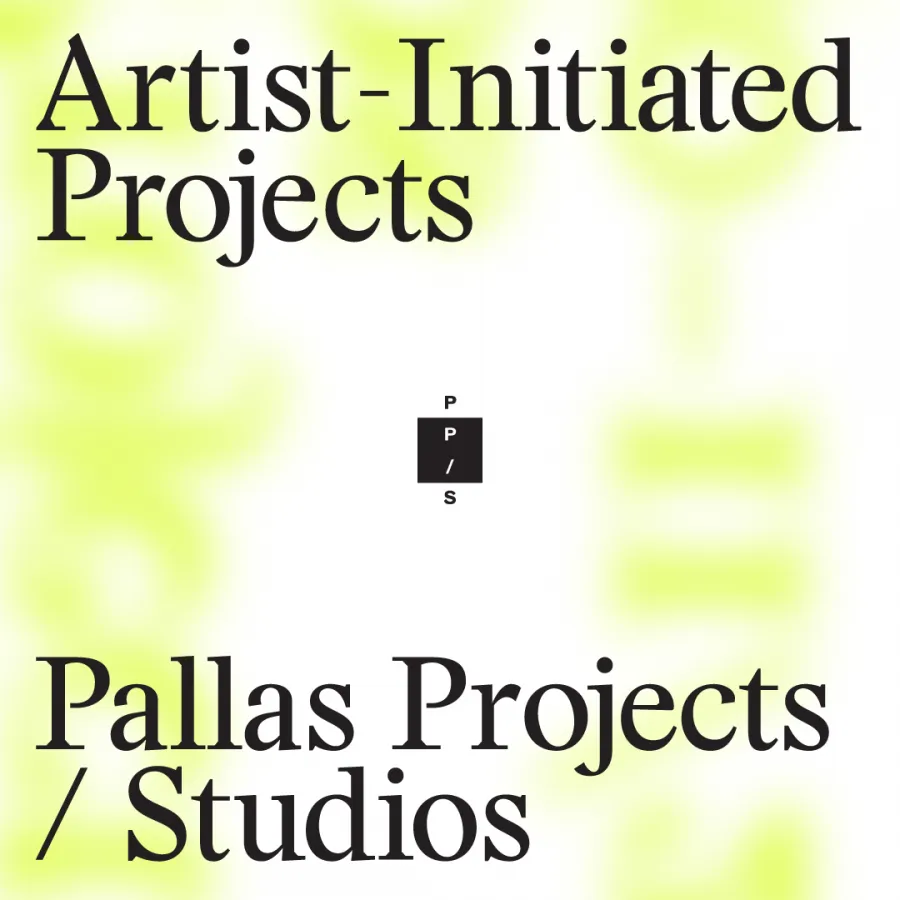
05/06/20—11/11/21
AIP/Pages
A series of commissioned online artists pages, developed in collaboration with design studio Other Office
AIP/Pages is a dedicated Artist-Initiated Projects resource – a commissioned series of online interactive artists pages for desktop and mobile devices, featuring new work by: Barry Mulholland, Jane Cassidy, Katherine Sankey, John Conway, Pat Curran, Róisín White, Suzanne O'Haire, Florencia Caiazza, Laura Ní Fhlaibhín, Niamh Hannaford & Tara Carroll.
These artists pages afford a unique space for each artist to inhabit, share texts, research, works in progress, and to develop web-specific works, while it will allow visitors a mobile, interactive and exploratory introduction to the various art practices selected for our 20/21 AIP programme.
AIP/Pages was developed in collaboration with design studio Other Office at the start of the Covid 19 pandemic, to allow artists who's exhibitions were postponed in 2020 to share texts, research, works in progress, and to develop web-specific works, ahead of a rescheduled gallery programme which took place over 2020/21.
AIP/Pages developed in collaboration with design studio Other Office, is supported by The Arts Council
Artist-Initiated Projects at Pallas Projects/Studios is an annual programme of funded, artist-initiated projects selected via open call, with a focus on early/mid-career, emerging artists and recent graduates. Projects are presented in the context of a gallery space with a dedicated tradition towards the professional development of artists in a peer-led, supportive environment and are supplemented with artists’ talks, texts, workshops, performances, online activities and gallery visits by colleges and local schools.
Artist-Initiated Projects aims to act as an incubator for early careers, and support artists’ practices at crucial stages, providing an accessible platform for artists to produce and exhibit challenging work across all visual art forms. The model of short-run exhibitions with a relatively short turnaround time is an alternative to the normal institutional model, where the process of studio visit to exhibition can take several years, allows the programme to be quick and responsive, reflect what artists are currently making, and encourage experimentation and risk-taking.